Carahunge, also known as the Speaking Stones, is one of the world’s most mysterious archaeological sites. Located in Armenia’s Syunik province, the ancient wonder is likely to date back to 5500–4500 BC, making it older than Stonehenge in England. Consisting of more than 200 giant standing stones arranged in intricate patterns, Carahunge reveals the mysteries of an ancient civilization whose purpose and meaning remain mysteries. Follow archeology.dulichvn.net to find out about that mystery.
1. Unveiling the History of Speaking Stones
Carahunge is an archaeological marvel, with its age and construction sparking debates among historians, archaeologists, and astronomers.
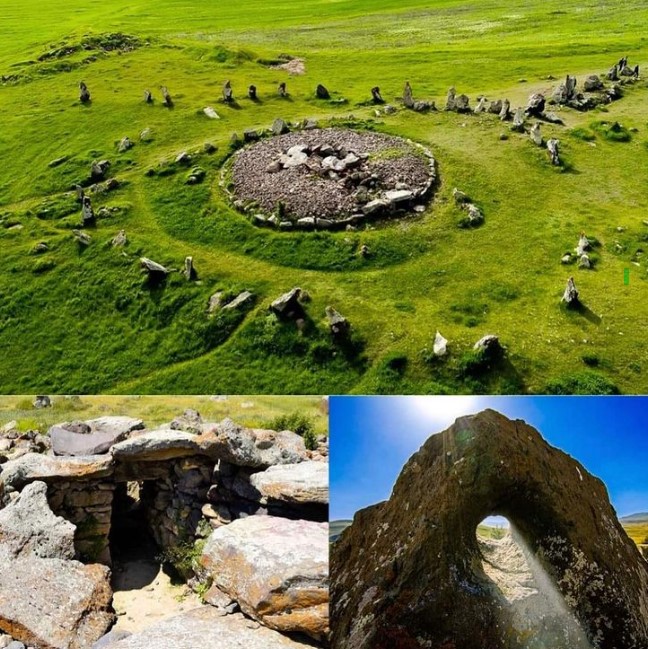
1.1. An Ancient Timeline
Dating back approximately 7,000 years, Carahunge predates many other megalithic sites. Its longevity makes it one of the earliest known cultural and astronomical landmarks in human history.
1.2. The “Speaking Stones”
The name “Carahunge” is derived from the Armenian words kara (stone) and hunge (sound or voice), referencing the belief that the stones could “speak” as the wind whistled through the holes carved into them.
See more: The Porte de Paris in Lille: A Triumph of Baroque Architecture and History
1.3. Archaeological Discovery
Although locals had always known about the site, its significance was only recognized in the 20th century when researchers began investigating its structure, purpose, and astronomical alignments.
2. The Layout and Structure of Carahunge
The sheer size and complexity of Carahunge make it a fascinating subject of study.
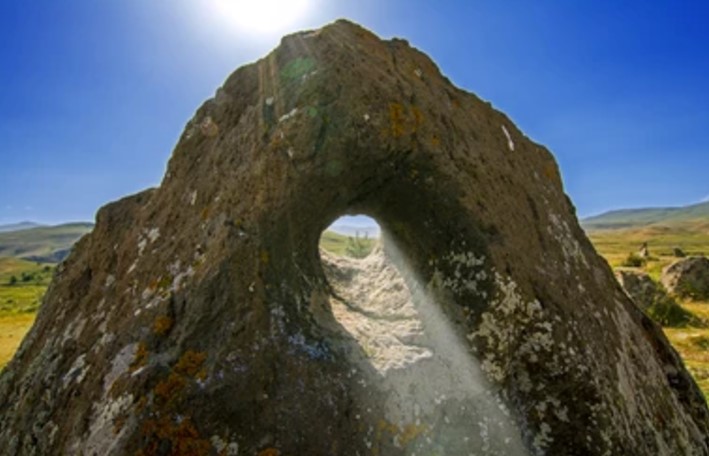
2.1. Over 200 Standing Stones
Carahunge features more than 200 standing stones, some towering up to 3 meters high. These stones are arranged in circles, avenues, and clusters, suggesting a deliberate and meaningful design.
2.2. Intriguing Stone Holes
Many stones have circular holes carved through them, which are thought to align with celestial objects. These features have led to theories about the site’s astronomical significance.
See more: Exploring the Monument Dedicated to the Ancient Greek Warriors of the Battle of Salamis
2.3. Patterns and Pathways
The arrangement of the stones forms complex patterns that include a central circle, radiating pathways, and avenues leading outward. These configurations hint at a dual purpose, blending celestial observation with ritualistic practices.
3. Theories Surrounding Carahunge’s Purpose
What was the purpose of Carahunge? Scholars continue to debate whether it was an observatory, a sacred site, or both.
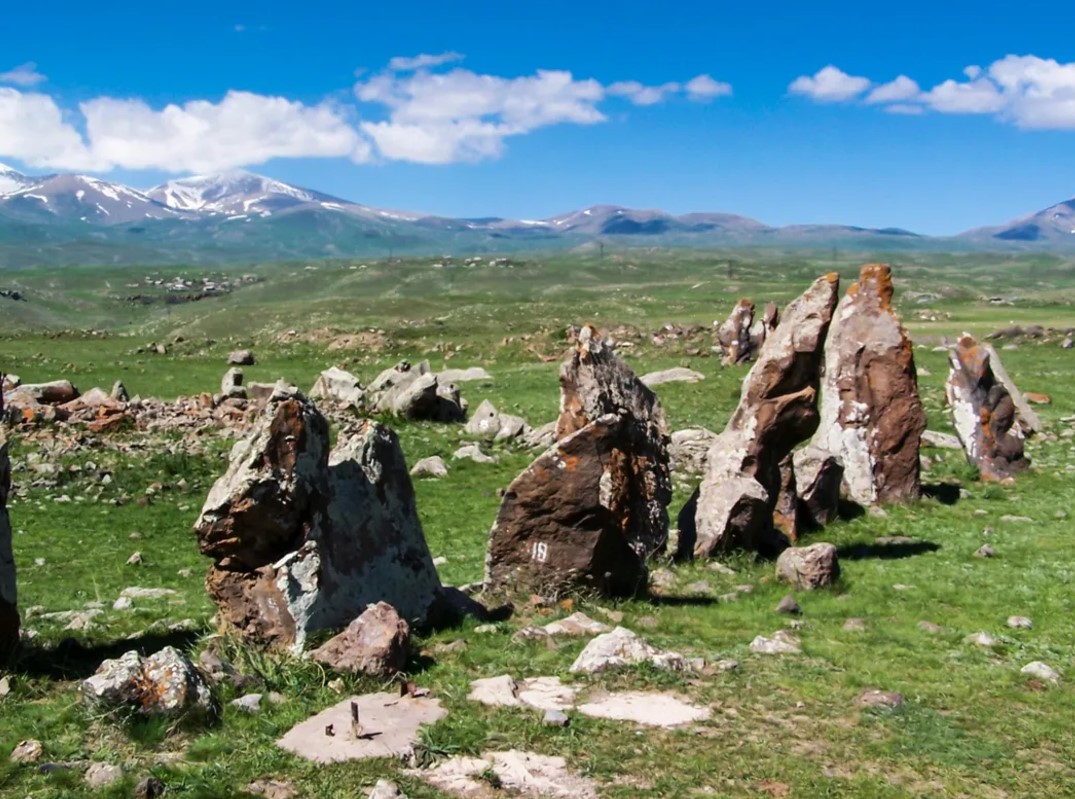
3.1. An Ancient Observatory
Many researchers believe Carahunge served as one of the world’s oldest astronomical observatories. The holes in the stones may have been aligned to track celestial events such as solstices, equinoxes, and star movements. This suggests that its builders possessed advanced knowledge of the cosmos.
3.2. A Ritualistic Sacred Site
Others argue that Carahunge was a sacred space for rituals and ceremonies. The alignment of the stones and their proximity to burial sites imply a connection to spiritual beliefs and the afterlife.
3.3. A Multidimensional Function
Some experts propose that Carahunge combined astronomy, spirituality, and communal gathering, serving as a place where ancient people connected with both the heavens and the earth.
4. Carahunge in Modern Exploration
Despite its historical importance, Carahunge remains less explored and celebrated than other ancient landmarks.
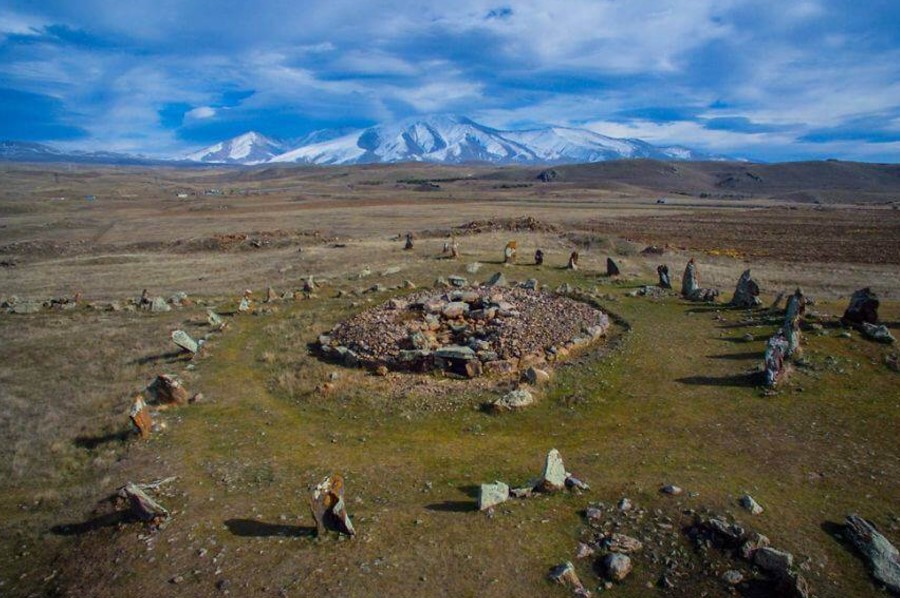
4.1. Limited Research
Unlike Stonehenge or the Pyramids of Egypt, Carahunge has received relatively little international attention. Limited excavations and studies have left many questions unanswered.
4.2. A Rising Interest
Recent years have seen growing interest in Carahunge as Armenia invests in promoting its cultural heritage. Researchers are using modern technologies, such as 3D mapping and astronomical simulations, to uncover the site’s secrets.
4.3. A Tourist Attraction
Today, Carahunge is a popular destination for tourists and history enthusiasts. Visitors marvel at its massive stones, enjoy its serene landscape, and ponder its mysterious origins.
5. The Legacy of Carahunge
Carahunge stands as a testament to the ingenuity and curiosity of an ancient civilization.
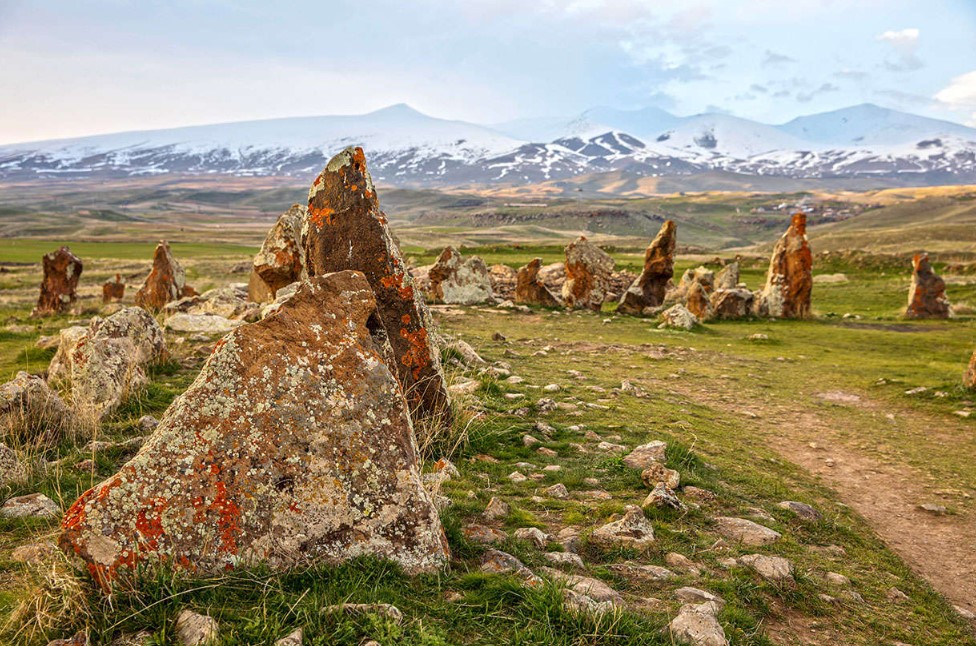
5.1. A Window into the Past
The site offers a rare glimpse into the beliefs, knowledge, and craftsmanship of its creators. Its alignment with celestial phenomena highlights the importance of astronomy in ancient cultures.
5.2. A Cultural Treasure
As Armenia’s answer to Stonehenge, Carahunge holds immense cultural and historical significance for the nation, symbolizing the depth of its ancient heritage.
5.3. An Ongoing Mystery
Despite decades of study, Carahunge’s true purpose and creators remain unknown. This enduring mystery continues to inspire curiosity and research, ensuring its legacy as one of the world’s most fascinating archaeological sites.
Conclusion
Carahunge, Armenia’s “speaking stones,” is a monument to the creativity and knowledge of an ancient civilization. Its age, complexity, and potential astronomical alignments make it a marvel of human ingenuity. Whether it served as an observatory, a sacred site, or a blend of both, Carahunge invites us to explore the mysteries of our past and wonder at the achievements of those who came before us. As researchers delve deeper into its secrets, Carahunge stands as a symbol of humanity’s enduring quest for knowledge and connection to the cosmos.

CÁC TIN KHÁC
Mary Walton: The Forgotten Inventor Who Helped Clean Up America’s Cities
Tomb of Queen Nefertari in the Valley of the Queens, Egypt
Discover the Hypostyle Hall of the Temple of Hathor at Dendera
Venus de Losange: Unveiling the Mystery of a 20,000-Year-Old Paleolithic Icon